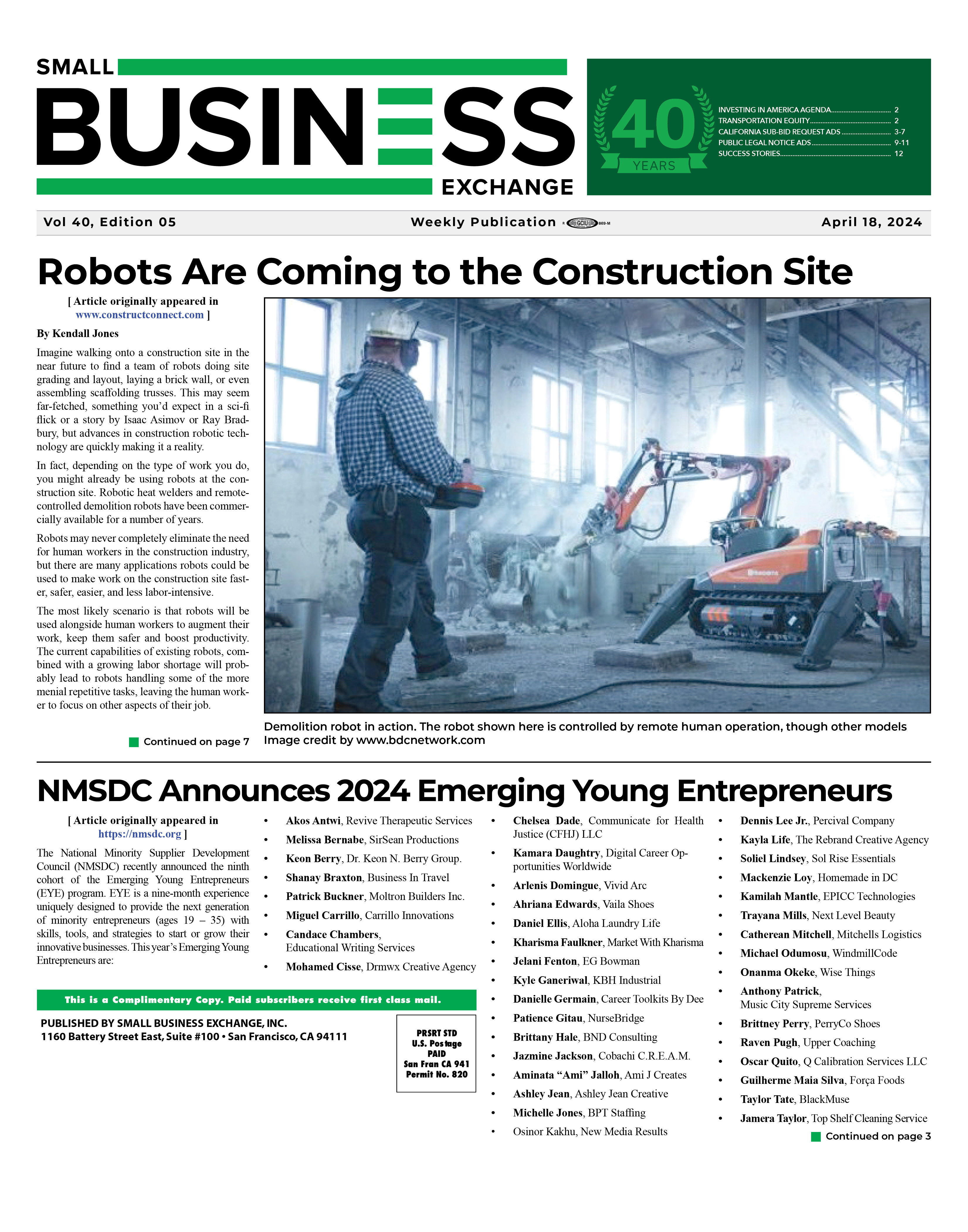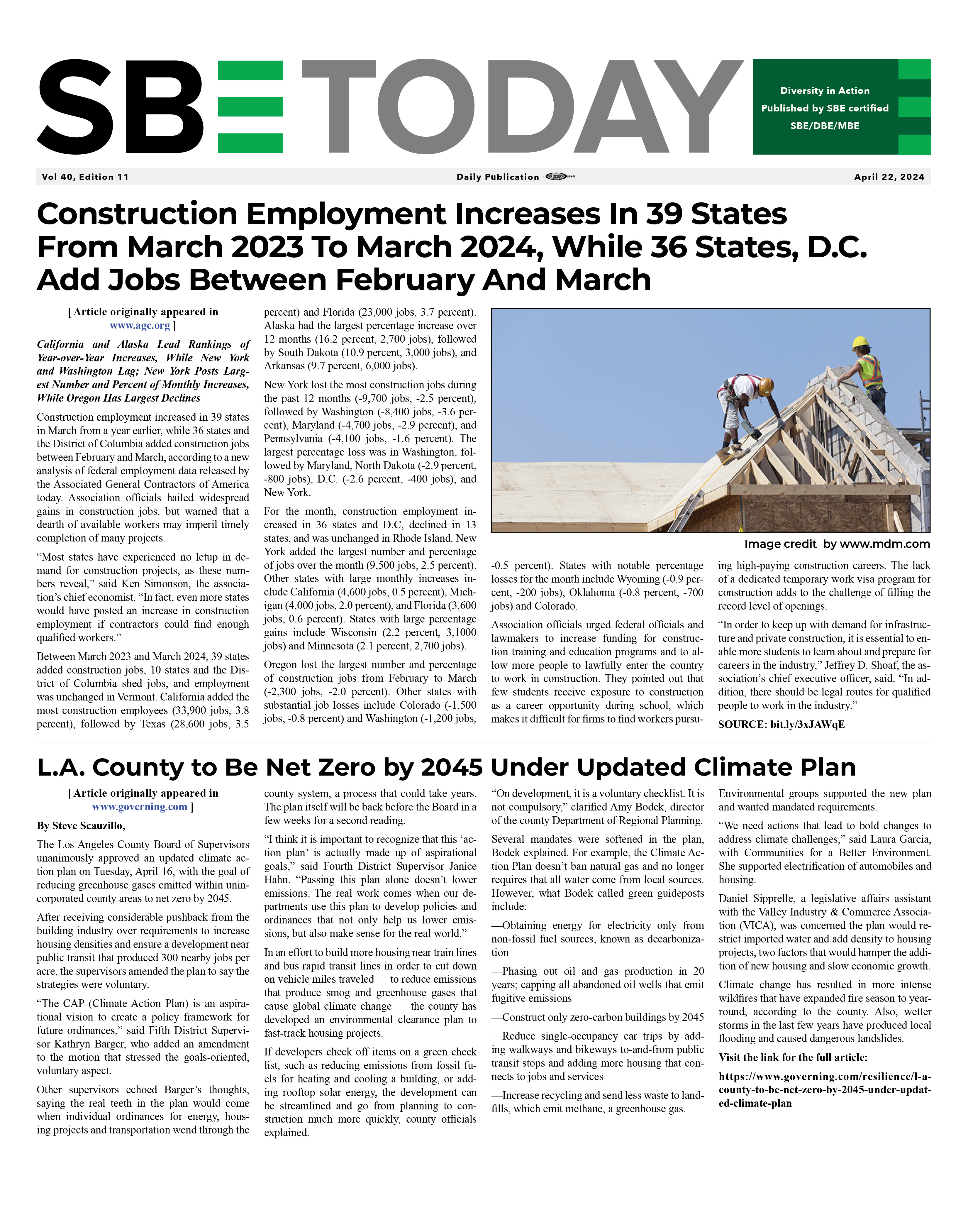|
|
Preventing Carbon Monoxide Exposure on the Construction Site
03/29/2019
Carbon monoxide (CO) is a silent killer, making it one of the most dangerous threats on the construction site. CO is odorless, meaning that whether it’s present on its own or among other “regular” gases and smells, it’s utterly undetectable. Within minutes of inhaling carbon monoxide, you can become unconscious and suffocate. Construction workers and welders are especially at risk. There is an increased risk of CO exposure in boiler rooms, warehouses, petroleum refineries, and steel production plants. The Occupational Safety and Health Administration (OSHA) is constantly stressing the importance of appropriate prevention methods against CO poisoning, since it can threaten the lives of countless workers on a construction site without any notice. Construction workers should take the following precautions and make note of these potential CO hazards. Beware of Portable GeneratorsEspecially on projects where the electrical wiring has not yet been done, portable generators are a necessity. However, they can also pose a serious concern. This ultimately comes down to poor ventilation. The same goes for space heaters, gas-powered equipment (such as wet saws), and water pumps. To prevent CO poisoning from gas-powered equipment and generators, workers should:
Be Properly EquippedConstruction managers should always ensure the installation of effective ventilation systems on the construction site. For this reason, quality assurance is absolutely essential. Industrial-sized fans should be placed in areas where openings to the outdoors aren’t as readily available. Furthermore, gas-powered equipment should be swapped out for battery or electric powered equipment. Gas-powered saws (used for carving out openings in walls or other surfaces) should be replaced by hydraulic or pneumatic concrete saws. Construction workers should also be equipped with the appropriate safety gear. Self-contained breathing apparatuses provide workers with clean air to breath via a fixed oxygen supply, making them immune to high concentrations of CO in their environment. Workers should also be equipped with multi-gas monitors. These small monitors clip onto work belts and are highly portable. They detect poisonous gases in the environment and alert workers to their presence. Know How to RespondConstruction employees should be trained to deal with instances of carbon monoxide poisoning. If workers notice themselves getting light-headed while working amongst these kinds of tools, they should immediately relocate to a well-ventilated area. Similarly, they should learn to spot the signs of CO poisoning in fellow workers. These include lightheadedness, dizziness, vomiting, or shortness of breath. If they hear these complaints from fellow workers or notice them becoming lethargic, they should call 911 right away. Additionally, they should move that individual to a ventilated area and apply a tight-fitting mask to reinstate their oxygen supply. If they have knowledge of CPR, it should be administered.
Construction workers are privy to the many deadly hazards around them, from steep grades to heavy machinery. However, carbon monoxide is perhaps the most dangerous because it is the most discrete. In addition to training for more visible hazards, such as the Fatal Four, workers should be familiar with OSHA’s standards and solutions for carbon monoxide poisoning. Back To News |
|




